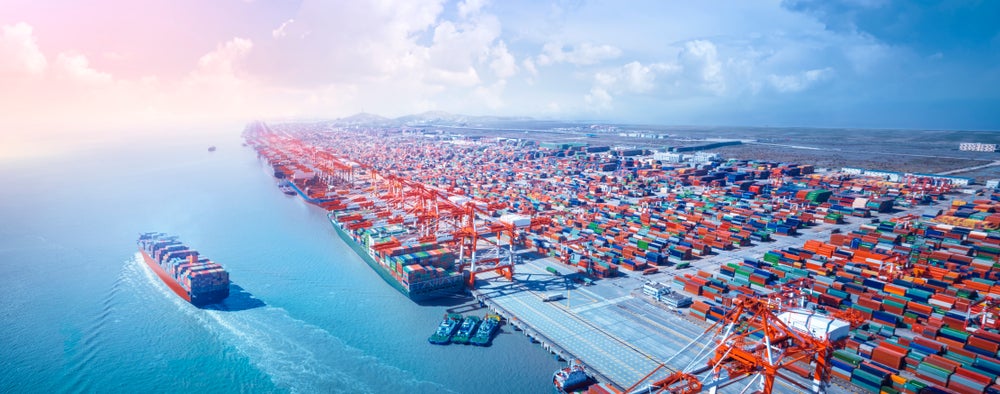The World Health Organization declared COVID-19 a pandemic in March 2020. Immediately, ports moved into crisis management mode in the face of this new and invisible threat to staff, customers and the business processes that keep imports and exports moving. Modern ports are well versed in planning and preparing for various potential accidents and incidents, from security breaches to vessels running aground. The rapid spread of COVID-19 forced ports to reexamine emergency response plans and adapt them to meet the new existential threat posed by the pandemic. Ports, their customers and all State agencies active in ports, from customs to State veterinarian officers, have had to tailor operations in line with public health advice and government regulations and legislation.
Prior to the pandemic, health and safety measures at ports had focused mainly on accidents and incidents impacting the physical and environmental aspects of safety for port workers. For example, at most ports, it is mandatory for all port workers to wear high-visibility clothing, hard hats, protective footwear and, when near water, lifejackets. However, the rapid spread and severity of COVID 19 led to a surge in worldwide demand for medical grade face masks, sanitizing fluid, dispensers, goggles, disposable overalls and other material with which to protect workers from airborne infections.
In March 2020, the World Health Organization stated that severe and mounting disruption to the global supply of personal protective equipment was putting lives at risk. Ports, like many other sectors, were initially not well equipped to meet the demands for essential supplies of appropriate face masks, sanitizing fluid, disinfectants and other more specialized equipment to protect the health and safety of port workers with regard to COVID-19, nor did they have the necessary processes and procedures in place to manage the move to telecommuting as required by government legislation in many countries. Emergency procedures for ensuring social distancing among work groups to reduce the spread of infection and to isolate symptomatic staff members had to be put in place and plans needed to be drawn up to safely manage the movement of personnel at ports. This was more complicated for essential workers such as ships’ crews, who had to rely on arrangements for accommodation made by shipowners and port authorities.
presspb2022d1_enTo read the full report from UNCTAD, please click here.

